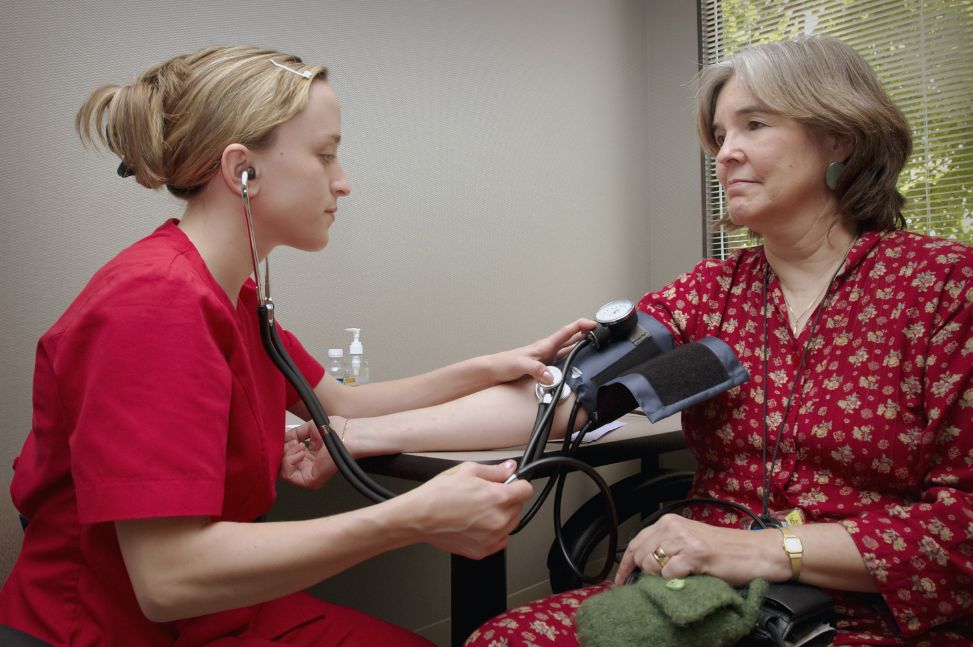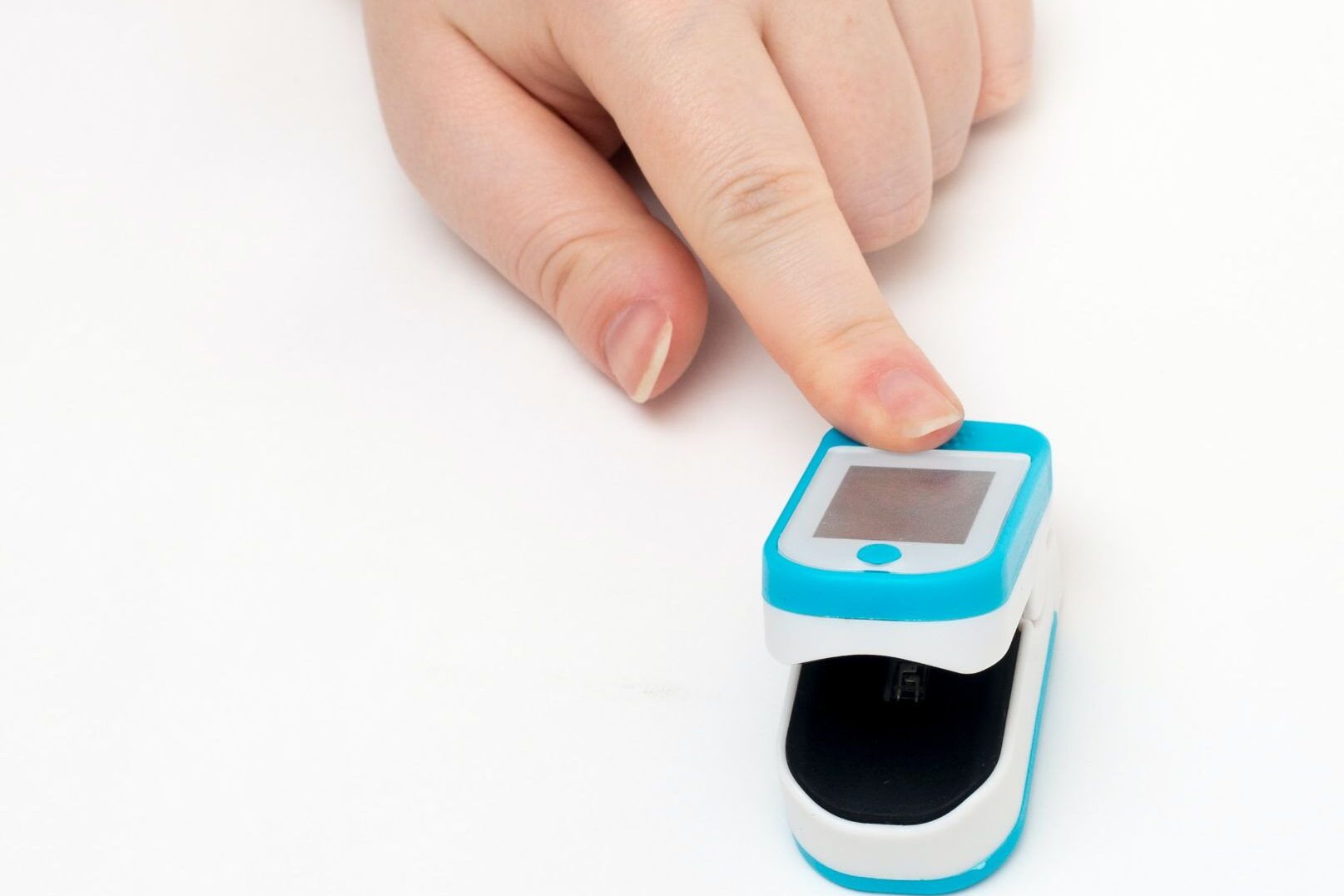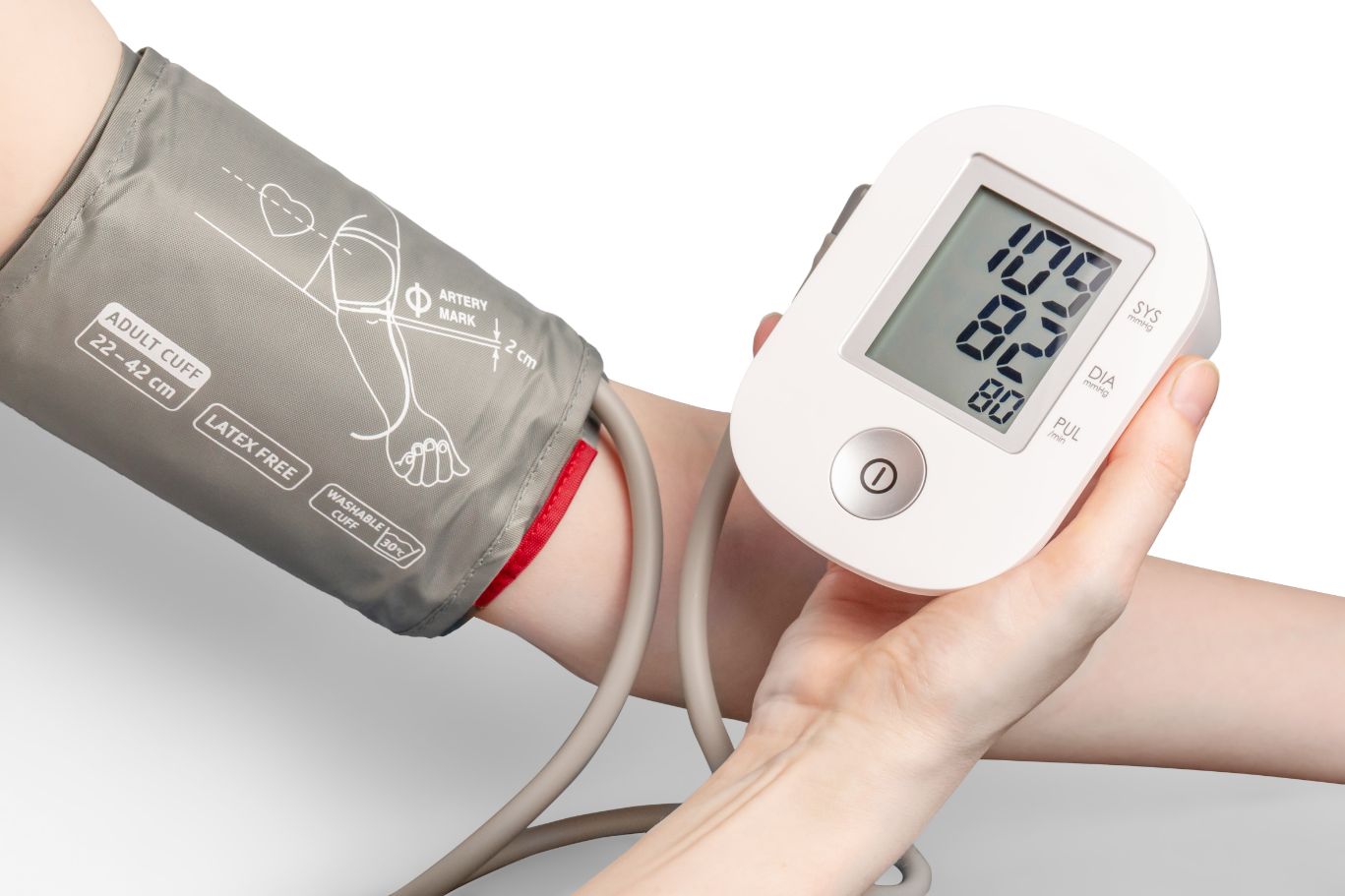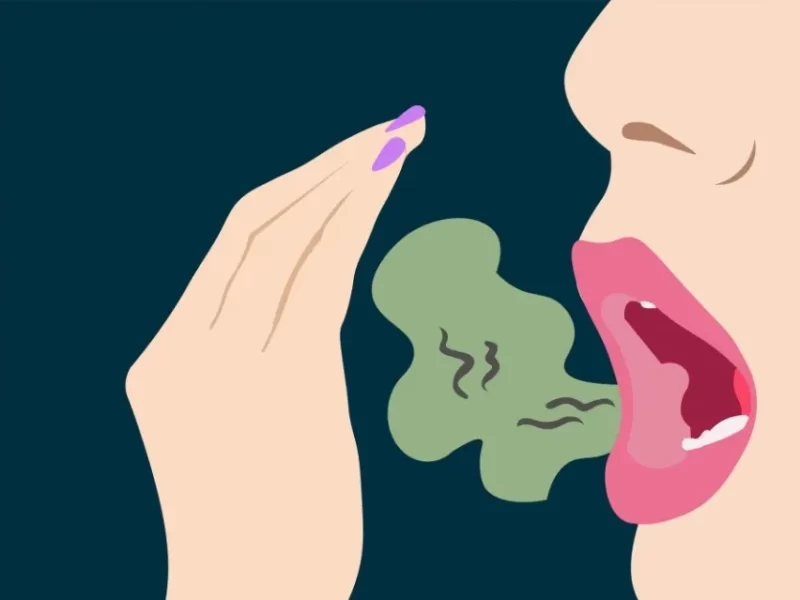Numerous health and activity factors influence respiratory rates. So how do you gauge respiratory rate? In addition to discussing different methods of measuring respiration, this article describes the typical respiration rates of both adults and children. The causes of high or low respiratory rates are also covered, as well as when a patient should call their doctor.
A second name for your breathing rate is your respiratory rate. This represents the number of breaths you take each minute.
Oxygen travels to the organs when someone inhales, entering the lungs. Carbon dioxide leaves their bodies when they exhale. Maintaining the body’s oxygen and carbon dioxide levels in balance depends heavily on a normal respiratory rate.
Continue reading to find out more about respiratory rate, including why it matters, how to measure it, what factors affect it, and when to see a doctor.
How to Measure Respiratory Rate?

Your respiratory rate can be measured in three steps:
- Set a timer for one minute.
- Sit or lie down to get yourself in a state of rest. Prevent engaging in any strenuous activity.
- Start the clock, then count how many breaths you take in a minute. You can do this by keeping track of how frequently your chest rises.
Feelings of stress can occasionally result from trying to concentrate on counting your own breaths. Your respiration rate may be influenced by these emotions. If so, you can ask a relative or friend to keep track of your breaths for a minute. When you’re at ease and paying attention to something else, they should perform this.
The most common factors that can affect your measured respiratory rate include:
- emotional state
- physical fitness
- internal temperature
- your health status and any other conditions you may have
A doctor or nurse may occasionally check your respiratory rate using sensors or other diagnostic equipment.
What Does Your Respiratory Rate Measure?

The metabolic process of consuming oxygen and exhaling carbon dioxide is known as respiration. It is managed by the respiratory drive, a bodily system. The respiratory drive can be broken down into three systems:
- Neural central control: The ventilation volume and rate are controlled by the central nervous system. Exhalation, inhalation, and breathing pattern are all impacted by this.
- Sensory input system: To tell the central nervous system how much air to breathe in and how quickly to breathe, the sensory system relays information back to it. Additionally, it can detect chemical alterations like irritants.
- Muscular system: According to signals from the other systems, the muscular system moves the lungs. It manages the breathing mechanism.
An exchange of oxygen and carbon dioxide is created by the interaction of these systems.
Low oxygen and high carbon dioxide are exhaled when we exhale. The amount of oxygen and carbon dioxide we breathe in are both high. For metabolic activities to continue at the cellular level, these elements must exchange.
The central nervous system and respiratory drive are closely related. The rate of respiration may be affected by changes to or damage to the central nervous system.
For instance, breathing may be impacted by a stroke that damages the brain stem. Additionally, narcotics like opioids can affect breathing by calming the central nervous system.
What’s a Normal Respiratory Rate in Adults?
A normal respiratory rate in healthy adults is roughly 12 to 20 breaths per minute. The vital sign of your respiratory rate is significant. It might be a sign of a more serious condition, like cardiac arrest.
If your respiratory rate is lower than average, your central nervous system may not be functioning properly. Your respiratory rate may be a sign of another underlying condition if it is higher than average.
With aging, there may be some variation in respiratory rate. We become more vulnerable to certain health conditions as we age. Your respiration rate may change as a result of modifications to your organ systems or respiratory condition.
What’s a Normal Respiratory Rate in Children?
Each child’s age affects their typical respiratory rate.

Causes of a High Respiration Rate
Doctors refer to a high respiration rate of more than 20 breaths per minute as tachypnea.
Common causes of high respiration rates include:
- Anxiety: People may breathe faster when they are afraid or anxious. Hyperventilation, or rapid breathing, is a typical sign of panic attacks. Once the anxiety subsides, rapid breathing usually stops.
- Fever: When a person has a fever, their respiratory rate may also rise. The body is attempting to expel the heat by increasing.
- Respiratory conditions: Conditions that can increase a person’s respiration rate include:
- chronic obstructive pulmonary disease
- asthma
- pneumonia
- carbon monoxide poisoning
- pleural effusion
- pulmonary embolism
- Heart problems: The body may respond by breathing more quickly if the heart is not pumping adequately to deliver oxygen to the organs. A 2015 study notes that respiratory distress is common in those experiencing heart failure.
- Dehydration: Dehydration can increase breathing rate as the body tries to get the energy to the cells.
Allergies and diabetic ketoacidosis are two additional reasons why breathing rates are high.
- How to Use Black Seed Oil for Respiratory Problems?
- How Does the Respiratory System Maintain Homeostasis?
- How Does The Respiratory System Work With The Digestive System?
Causes of Low Respiration Rate
Doctors refer to a low respiratory rate of fewer than 12 breaths per minute as bradypnea. This might happen if an underlying respiratory condition gets worse.
Aside from airway obstructions and cardiac arrest, it can also happen.
Other causes include:

- A drug overdose: The use of alcohol and other central nervous system depressants, such as narcotics and benzodiazepines, can depress the breathing drive in the brain, leading to low respiration rates.
- Obstructive sleep apnea: The airway is blocked during sleep apnea, frequently as a result of the throat’s soft tissues relaxing. The blockage causes brief pauses in breathing and may decrease the overall respiratory rate.
- Head injury: A decrease in respiration rate could result from head injuries that affect the brain region involved in breathing.
When to Contact a Doctor?
It might not be dangerous if there is only a slight deviation from the normal respiratory rate. But occasionally, an abnormally high or low respiratory rate can indicate a health issue.
It may be beneficial to see a doctor if the respiratory rate is extremely abnormal or if the patient exhibits infection-related symptoms like fever, fatigue, or sore throat.
If their respiratory rate is unusual, people with lung diseases like emphysema, asthma, and chronic bronchitis may also want to speak with a doctor. It might indicate a worsening of their lung condition.
Seek immediate assistance if any of the following is present:
- chest pain
- cyanosis, when the skin turns blue
- gurgling sounds during breathing
- taking very few breaths per minute
A child may require urgent medical treatment if:
- they have severe breathing difficulties
- they are exhausted from trying to breathe
- the muscles under their ribs suck in with each breath
- they are grunting when breathing out
- an adult cannot wake the child
- they have woken up but are very drowsy and will not stay awake
- their breathing stops for more than 20 seconds, or there are regular short pauses in their breathing while they are awake
- their skin turns very pale or blue
- the inside of their lips and tongue turn blue
- they have had a fit for the first time
A person may also wish to seek immediate medical care for a child if their breathing rate increases to the following:
- Infants between 2 months to 1 year old: more than 50 breaths per minute.
- Children aged 1–12: a minute’s worth of breaths or more.
- Children over 12 years old: more than 20 breaths per minute.
Summary: Measure Your Respiratory Rate Now
The number of breaths an individual takes each minute is known as their respiratory rate. Depending on the individual, this may change. However, a normal breathing rate should be contained within a certain range.
Adults typically breathe between 12 and 20 times per minute. A child’s age will determine what constitutes a normal respiratory rate.
Visit your doctor if you’re worried that your breathing is abnormal. Any other underlying conditions and causes can be diagnosed.



